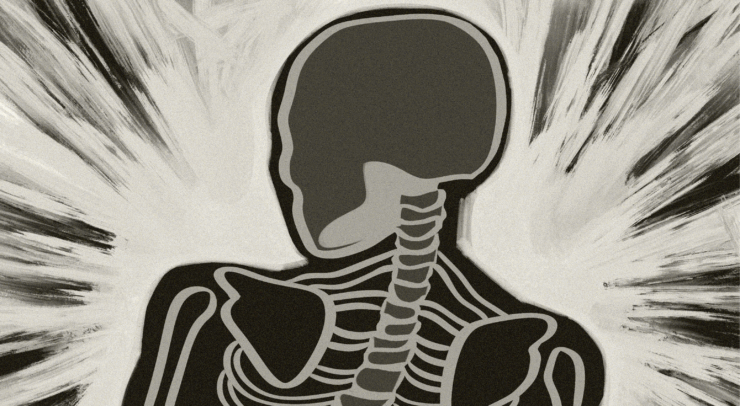YALE’S ANATOMY COURSE PROVIDES A DETAILED STUDY OF THE BRAIN, SKULL, AND SPINE.
Ever wondered what’s really going on inside your head, quite literally? Or why your spine is the backbone (pun intended) of everything you do? Yale’s Anatomy of the Head and Spine on Coursera is here to crack open the wonders of the human body, skull first. The brain, skull, spine, and all the important parts in between are covered in detail in this course and will be helpful to you, regardless of whether you love science, you’re a future doctor, or just someone who watches a touch too much Grey’s Anatomy.
We start with the spine, your body’s built-in support system. It is a powerhouse of vertebrae, nerves, and blood arteries that function in perfect balance to keep you moving, bending, and standing tall. The spinal cord, vertebral regions, and even the curves in your back that prevent you from walking like a robot are all broken down (figuratively) in this course.
Moving on to the skull, a structure full of connections and neurons that regulate vital processes in addition to acting as a protective shell. The shape of the cranium, the multifaceted networks of cranial nerves, and the microscopic structures that control everything from blinking to facial emotions are explained by professors Charles Duncan and Bill Stewart. You’ll also be able to learn about the inner workings of the body by tracking the facial nerve and looking at the parotid gland, which are essential components of every smile and smirk.
What would a brain be without its plumbing, though? Throughout the course, the brain’s blood supply, cerebrospinal fluid paths, and vasculature are all covered in detail. As you start approaching the end of the course, it takes you down into the cavernous sinus and skull base, which hold some of the most complex anatomical network. This is where vital tissues, blood arteries, and nerves converge to control everything from facial sensation to vision.
Lastly, you’ll look into the head’s midline structures, which include the upper airway, sinuses, nasal cavities, and oral and pharyngeal spaces. Have you ever pondered why having a stuffy nose makes you sound different? That (along with much more) will be discussed in this part when you learn about the connections between the digestive and respiratory systems.
Thanks to expert coaching and the virtual dissections, this course is more than simply a textbook lecture; it’s engaging and interesting. This is the perfect course for anyone who has ever wanted to observe the human body in action without actually doing brain surgery. It’s one course you’ll never forget (thanks to your very own hippocampus).






